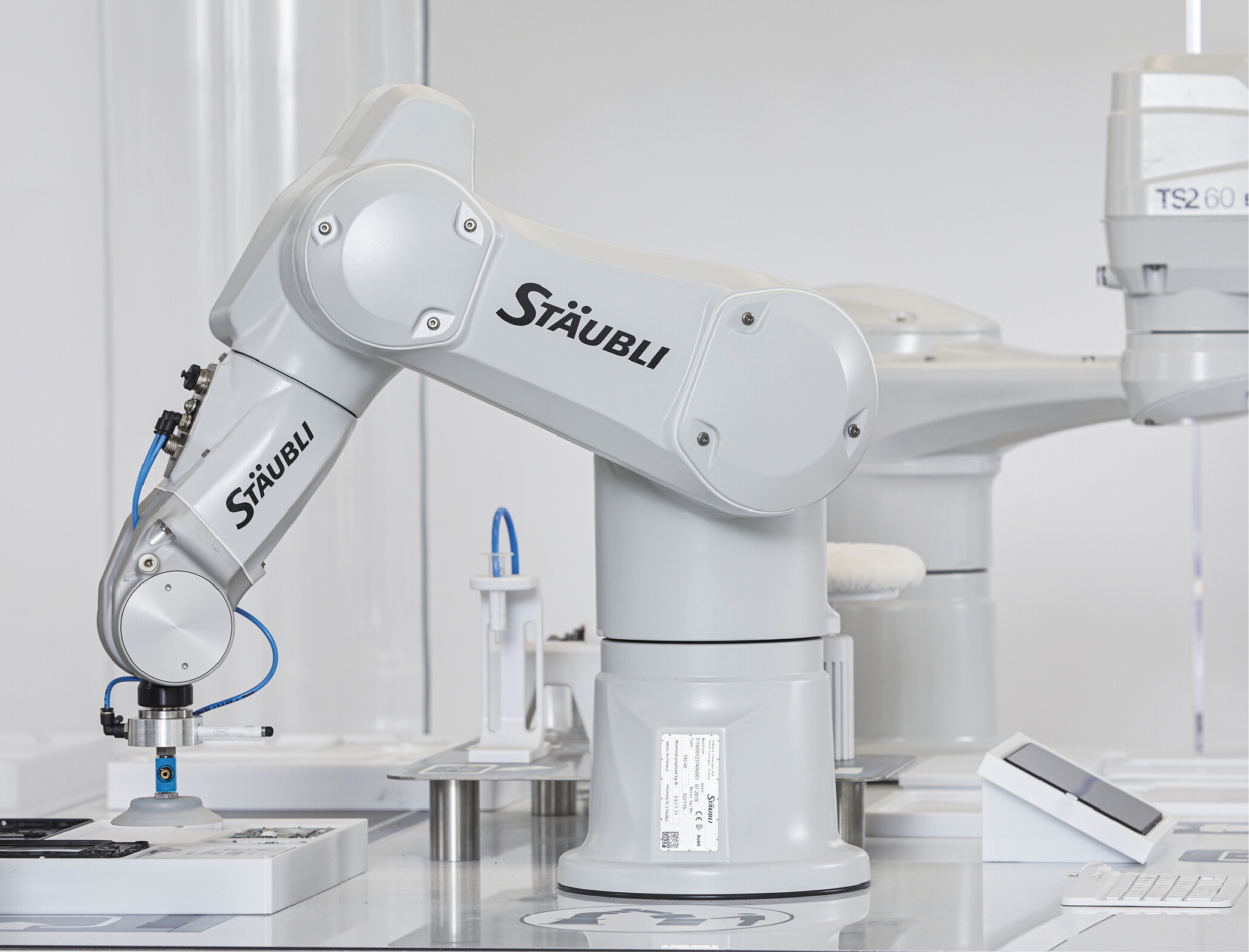By now, it shouldn’t surprise you that industries have increasingly made the move toward automated operations.
In 2021 the world reached a record breaking high point in industrial robot installations.
In the International Federation of Robotics (IFR) 2022 World Robotics Report, 2021 data showed 31% overall growth, meaning 517,385 new robots entered facilities across the globe. Those installations surpass the previous record set in 2018, at around 423,000 units.
Historic depictions of the future fixated on how society would adapt alongside advanced technologies and robots. The Twilight Zone or The Jetsons for example, highlight a surreal technological world, or plant a seed of doubt in how technology replaces the need for human skill. Navigating the rise of automation in the 21st century, business operations prove the two can beneficially co-exist.
While it’s true that automation and AI can displace jobs, they are often mundane roles that push talent into new, high-value roles created to support robotic operations. The World Forum’s 2020 “Future of Jobs Report” estimates by 2025, across 26 countries, automation will displace 85 million jobs, but not without creating 97 million new ones. Jobs created by innovation across the world’s industries will demand workers hold a new set of skills.
President of the Association for Advancing Automation Jeff Burnstein tells us about the reality of automation in the workplace.
“Our association has looked at this issue over a 25-year span and noticed that whenever robot sales went up, unemployment went down. Whenever robot sales went down, unemployment went up. This is just the opposite of what would be expected if robots were job killers,” he says.
“In fact, during the greatest expansion of robot adoption in U.S. history since the end of the Great Recession in 2010 or so, unemployment has fallen from about 10% to 3.5%. Today one of the main drivers for investments in robotics is the labor shortage. Companies in every industry struggle to find people. Robots are essentially tools to enable people to do their jobs better, and they perform the dull, dirty and dangerous tasks that people often don’t want to do and shouldn’t have to do. We believe our future is people and robots working together, with people being the most important part of that future.”
If anything, the future of automation has transitioned the way companies invest in reskilling or upskilling their workforce. Across the U.S. companies like Intel, Delta and Toyota are investing in workforce development programs, preparing talent for future innovation. These moves indicate that safer manufacturing or increased production backed by automation can be effective, if supported by adequate talent.
Ready… Set… Automate
Today, 3.5 million robots operate throughout different industries in the world. But where are we seeing the most growth?
IFR’s report details that Asia holds the largest market of industrial robots, with 74% of all new installations in 2021.
China brought in the highest share with 268,200 installations last year, a 51% jump from 2020, bringing operational stock to over 1 million units. The industries responsible for that jump were metal and machinery, automotive and electronics. As of now, China installs more industrial robots than the rest of the world combined, catapulting itself toward automatized operations.
Following China is Japan which installed 47,200 units, following a two-year decline. Despite the slowdown, 2021 saw a 22% increase, placing their operational stock at 393,326 units. Although Japan doesn’t beat China in installations, the country leads as a global exporter of industrial robots, reaching a peak in 2021 with 186,102 robots.
Europe saw growth of 24% last year. Germany continues to lead with 28% of total installations in Europe, having 23,800 units brought in last year. This is the second highest total in Germany, behind 2018 with 26,723 units. Italy trails Germany in market share of robots (245,908 units) holding a stock of 89,330 units, adding over 14,000 units in 2021. IFR’s report shares that Italy’s 65% installation jump can be credited to tax credit reductions in 2022, causing “catch-up effects” by industries.
Globally, the industries that brought in the most installations were electrical/electronics (137,000 units), automotive (119,000 units) and metal and machinery (64,000 units). Consistent growth of industrial robots within these sectors can be seen as a product of ceaseless innovation and post-pandemic onshoring efforts.
The Americas brought in 50,712 industrial robots in 2021. It was a 31% increase from 2020, after the pandemic caused a dip in installations. The United States took in the majority of the America’s share at 34,987 units, up 14% from 2021. The automotive industry adopts the highest installations in the U.S., although the report shows that metal and machinery, plastics and chemicals and food and beverage sectors are now bringing in considerable numbers of robots.
Recent supply chain disruptions are leading more U.S. companies to reshore manufacturing, which is enabled by the ability to adopt advanced automation technologies. The U.S. manufacturing industry also suffers from the fact that many “baby boomers” are retiring now and younger workers don’t always see manufacturing as their first choice in careers. Adopting automation will help these companies survive demographic changes and attract younger workers excited about the opportunity to work with the technology.
IFR graph of global installations of industrial robots from 2011-2021.
CREDIT: International Federation of Robotics.

